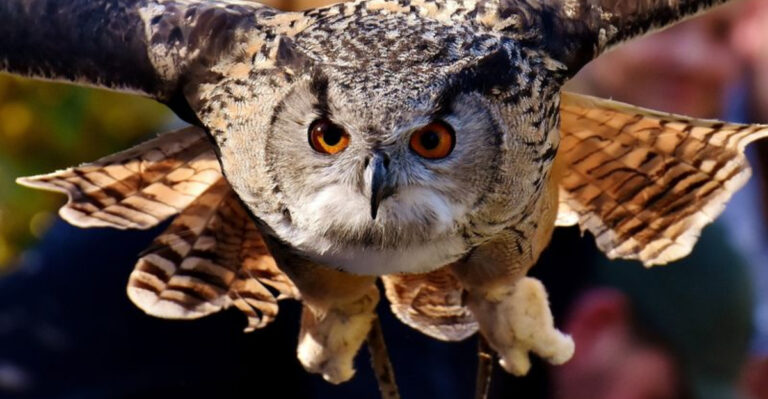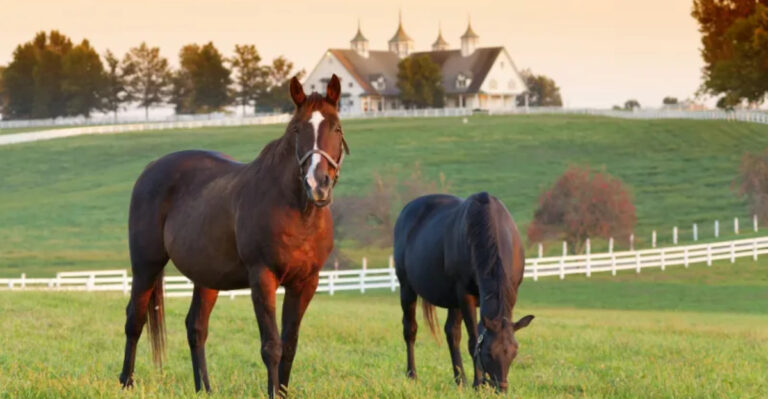15 Creatures With The Most Elaborate Nesting Rituals
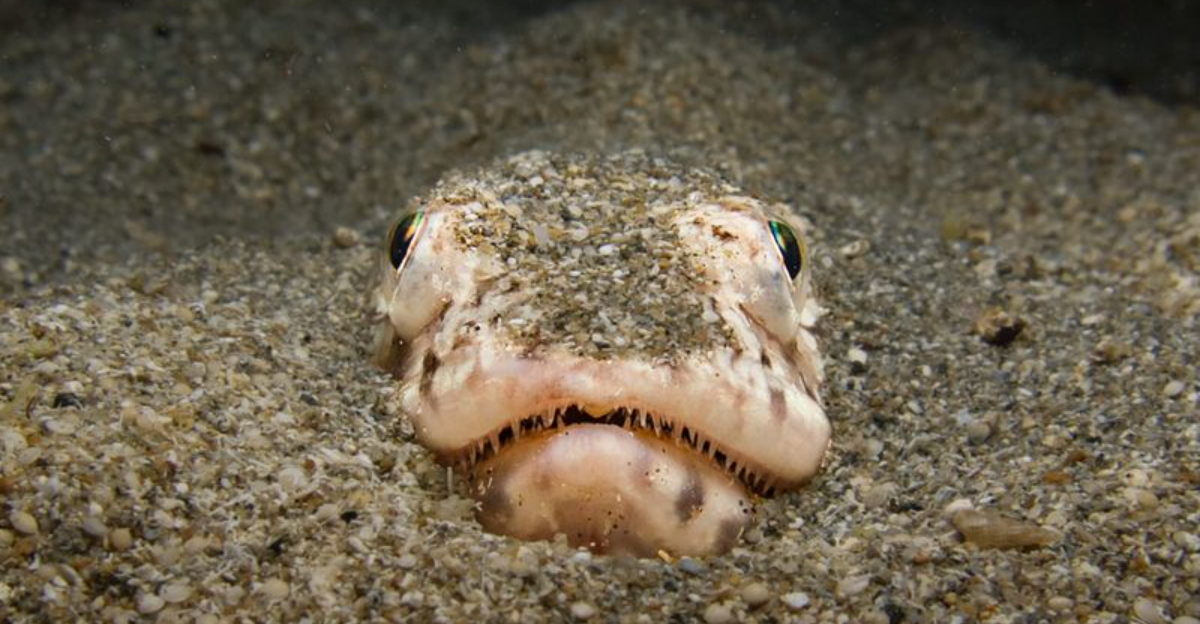
Ever wonder how animals create their homes in the wild? Some creatures take nesting to a whole new level with mind-blowing construction skills and bizarre courtship displays.
From underwater architects to feathered interior designers, these animals put human home decorators to shame with their incredible nesting rituals.
1. Bowerbird’s Bachelor Pad
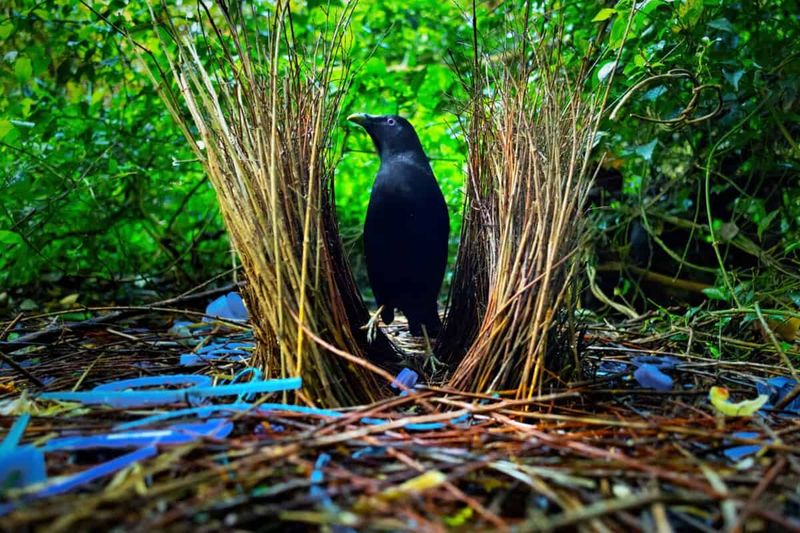
Blue treasures, shiny bottle caps, and colorful flowers transform forest floors into spectacular love nests. Male bowerbirds spend months collecting and arranging these trinkets into elaborate structures called bowers.
Not content with just building, they paint their creations using crushed berries and charcoal held in their beaks like tiny paintbrushes. These avian artists even create forced perspective illusions to make themselves appear larger to potential mates!
2. Termite Skyscrapers

Towering over the savanna like nature’s apartment buildings, termite mounds can reach an astonishing 30 feet tall. Millions of tiny architects work together to create these massive structures with sophisticated ventilation systems that maintain perfect internal temperatures.
Each mound features nurseries, fungus gardens, royal chambers, and even waste disposal areas. The proportional equivalent would be humans building a structure taller than Mount Everest!
3. Sociable Weaver Bird Condos
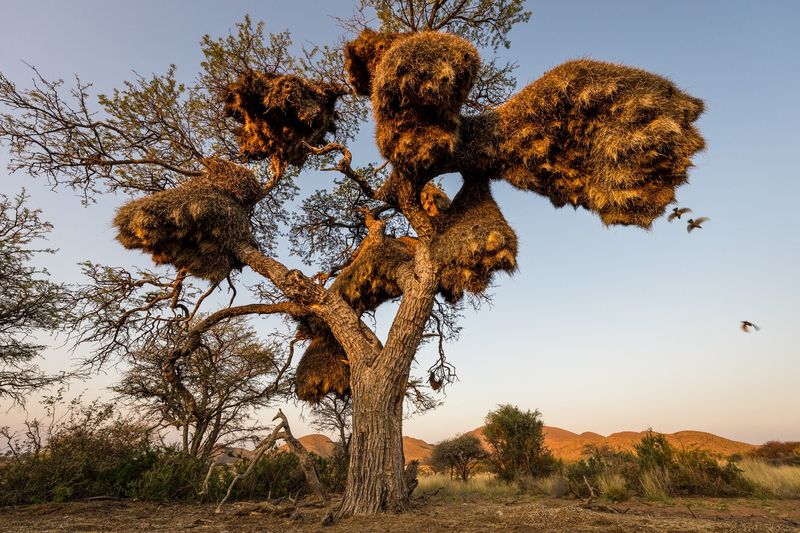
Imagine apartment complexes with hundreds of residents, but built entirely of grass and twigs. Sociable weavers construct massive communal nests that can house over 100 bird families simultaneously.
These feathered architects create different temperature zones within their nests – cooler chambers for scorching days and warm, insulated rooms for cold desert nights. Some nests have been continuously occupied and expanded for over a century!
4. Beaver’s Engineering Marvel
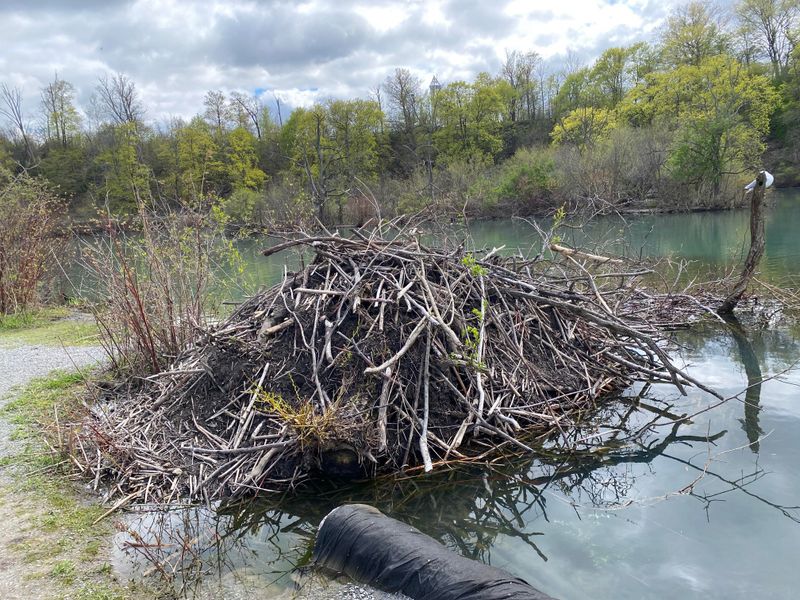
Armed with powerful teeth and determination, beavers transform entire ecosystems by building elaborate dams and lodges. They fell trees, drag branches, and pack mud to create structures that can stretch over 1,500 feet long.
Inside their lodges, these furry engineers create underwater entrances to avoid predators and build multi-room homes with separate sleeping and eating areas. The wetlands they create provide habitat for countless other species!
5. Hornero’s Clay Oven Home
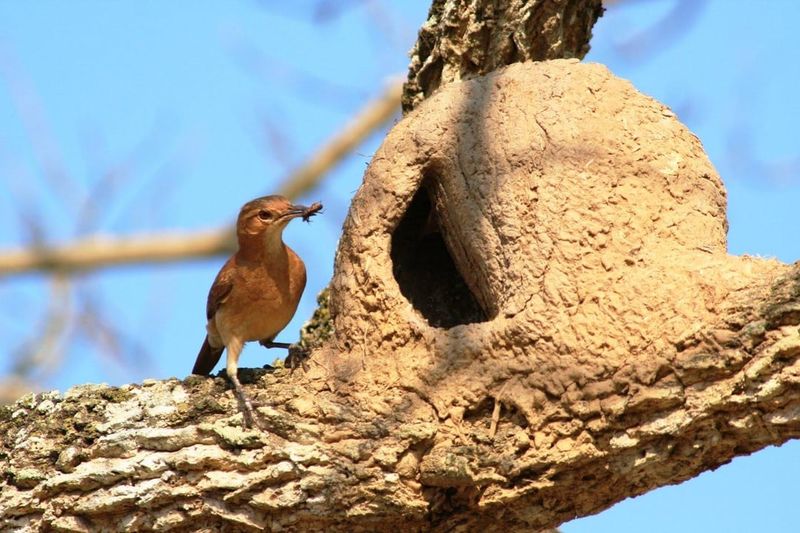
Looking like tiny clay ovens perched on fence posts and tree branches, the hornero’s nest is a masterpiece of mud architecture. These South American birds mix mud with grass and horsehair to build rock-hard domed structures.
Each nest features a curved entrance hall that prevents predators and rain from entering. The interior includes separate chambers for nesting and protection from the elements. A single nest can weigh up to 8 pounds!
6. Tailorbird’s Sewn Leaf Pouch
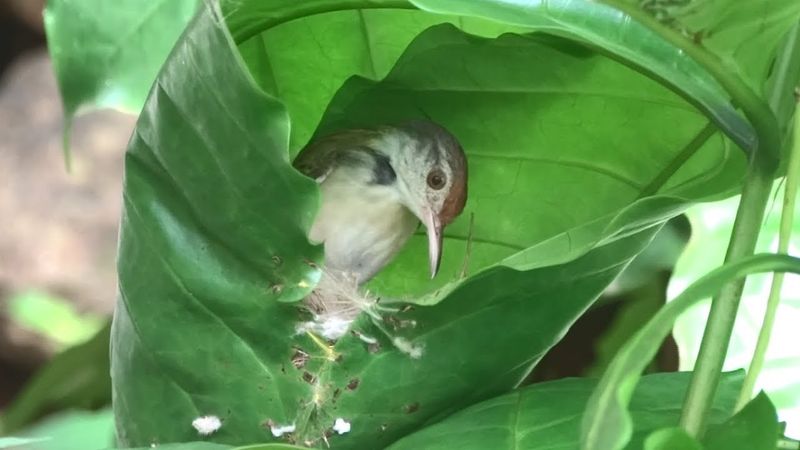
Forget knitting – these tiny birds have mastered actual sewing! Using their beaks as needles, tailorbirds punch holes along leaf edges and pull plant fibers or spider silk through to stitch leaves together.
The result is a hanging leaf pouch perfect for raising chicks safely above ground. Mom and dad birds work as a team, with one holding the leaves while the other does the delicate stitching work – nature’s original sewing circle!
7. Trapdoor Spider’s Hidden Bunker
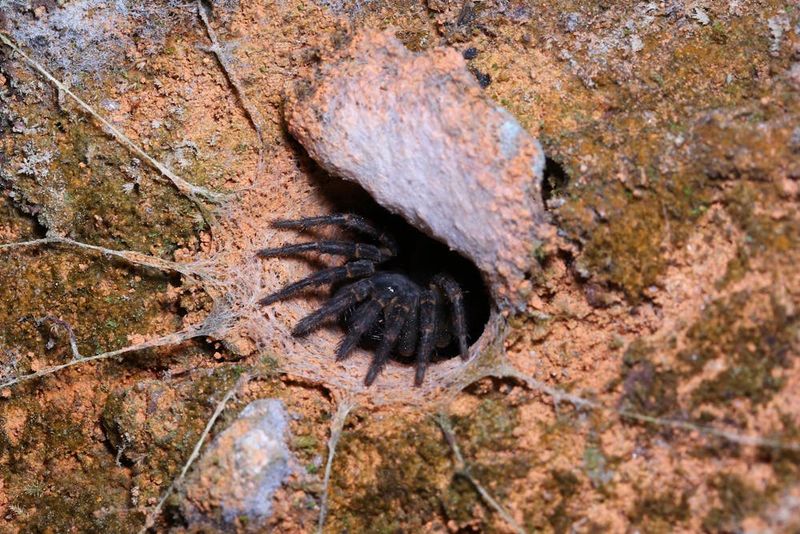
Master of disguise and engineering, the trapdoor spider digs underground tunnels capped with perfectly camouflaged doors. These eight-legged architects mix soil with silk to create hinged lids that blend seamlessly with the surrounding ground.
Each door comes equipped with trip lines that alert the spider when prey is nearby. Some species even add leaves, twigs, and moss to their door’s exterior for perfect camouflage, making their homes virtually invisible to predators and prey alike.
8. Malleefowl’s Compost Incubator
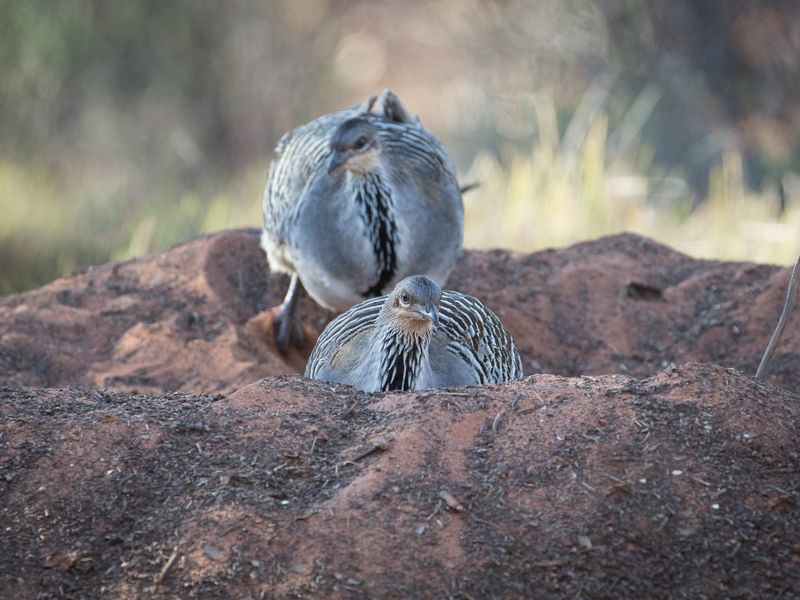
Forget sitting on eggs – malleefowl build massive compost piles instead! These Australian birds spend months collecting plant material and constructing mounds that can reach 15 feet across and 3 feet high.
As the vegetation decomposes, it generates heat like a natural incubator. The dedicated dad checks the temperature daily by sticking his beak into the mound, adding or removing material to maintain the perfect 92°F needed for the eggs buried inside.
9. Edible-nest Swiftlet’s Saliva Palace
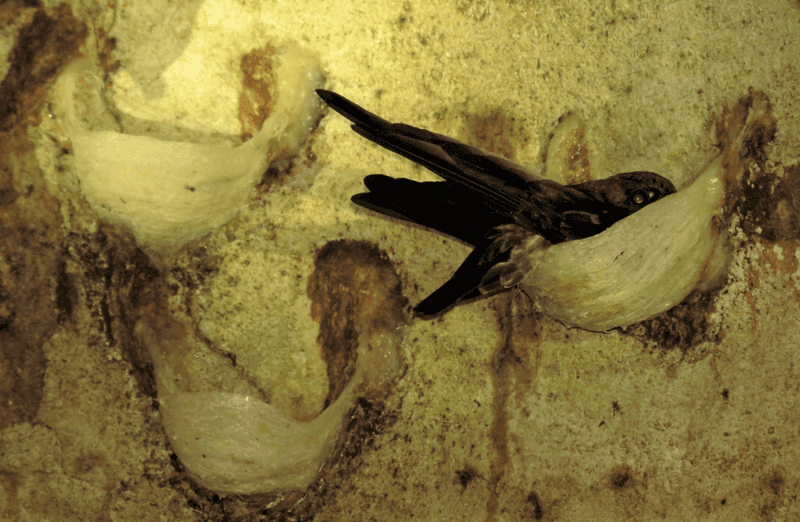
Forget wood or mud – these birds build nests entirely from their own hardened saliva! For months, swiftlets produce special saliva that solidifies into translucent cup-shaped nests attached to cave walls.
Each nest requires thousands of trips back and forth, with the bird molding the sticky substance using its tiny beak. These same nests are harvested for the famous Chinese delicacy bird’s nest soup, making them among the most valuable nests in the world!
10. Crocodile’s Temperature-Controlled Mounds
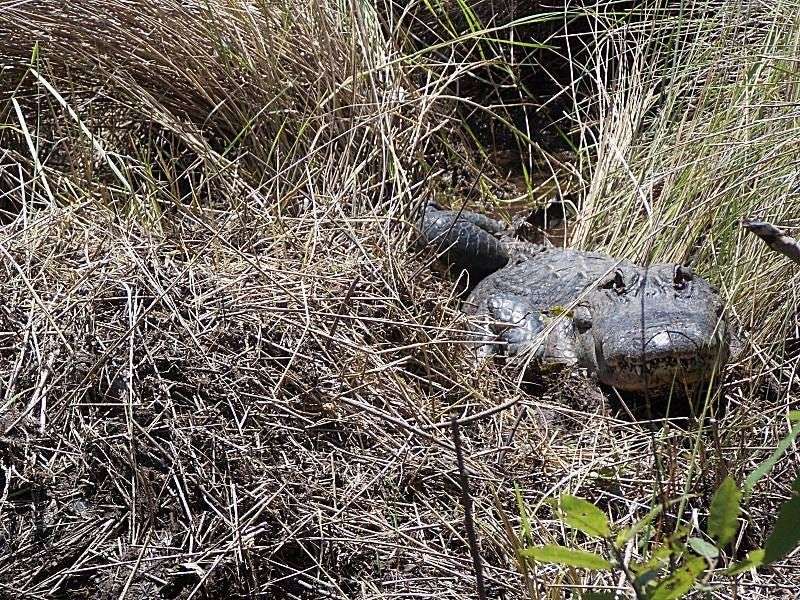
Sand piles with a surprising secret – crocodile nests are sophisticated incubators that determine their babies’ gender! Female crocs scrape together vegetation and sand into mounds up to 10 feet wide, then bury their eggs inside.
The temperature within different parts of the nest determines whether hatchlings will be male or female. Mom sticks around for months, protecting her nest and even gently cracking eggs with her fearsome jaws to help babies emerge when it’s time.
11. Orangutan’s Leafy Treehouse
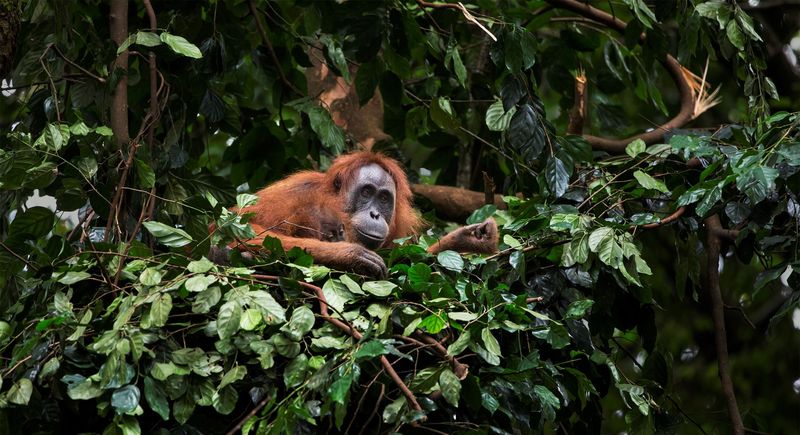
Fresh bedrooms built daily! Orangutans are the ultimate treehouse architects, constructing new sleeping nests every single night using branches and leaves high in the rainforest canopy.
These great apes carefully bend and weave branches to create comfortable platforms, then add softer leaves as mattresses and even construct roof-like covers for rainy nights. Young orangutans spend years watching their mothers before mastering these sophisticated building techniques themselves.
12. Compass Termite’s Magnetic Mansions
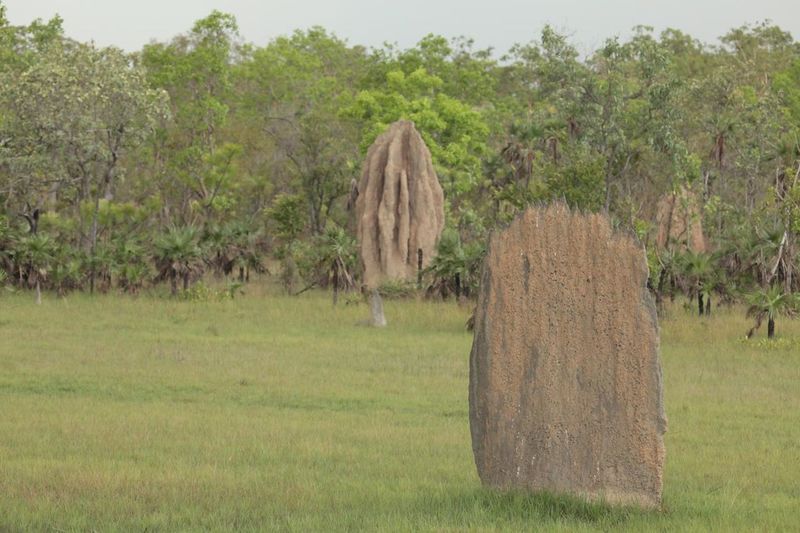
Looking like giant stone blades rising from the ground, compass termite mounds are engineering marvels aligned perfectly north-to-south. This precise orientation maximizes sun exposure in the morning and evening while minimizing it during the scorching midday heat.
Inside these remarkable structures, millions of termites maintain fungus gardens, care for young, and serve their queen. The thin profile toward the sun combined with ventilation tunnels creates natural air conditioning in the harsh Australian outback.
13. Weaverfish’s Underwater Silk Factory

Beneath tropical waves, male weaverfish create elaborate nests using nothing but oral silk! These underwater architects secrete a sticky substance from their mouths that hardens into threads when it contacts seawater.
Working tirelessly, they weave intricate dome-shaped nests anchored to seaweed or coral. Once construction is complete, the proud builder performs elaborate dances to attract females. After eggs are laid inside the protective structure, dad stays to guard his silken nursery against predators.
14. Rufous Hornero’s Spiral Fortress
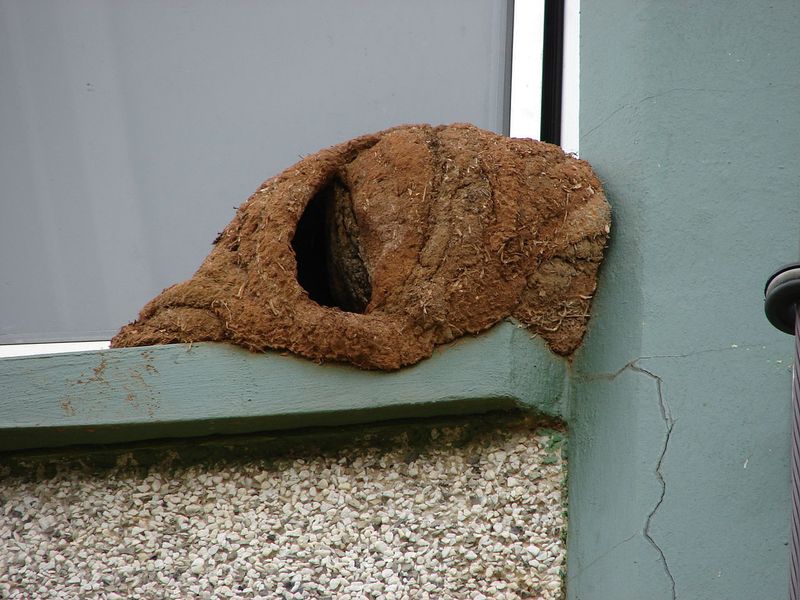
Clay architecture with a twist – literally! Rufous horneros build mud nests with internal spiral staircases that would make modern architects jealous. These South American birds collect over 2,500 beakfuls of mud to construct their rounded homes.
The clever spiral design creates a long, winding entrance tunnel that keeps eggs and chicks safe from snakes and other predators. Despite weighing several pounds, these mud masterpieces are sturdy enough to withstand tropical downpours and can last for years.
15. Vogelkop Bowerbird’s Art Gallery
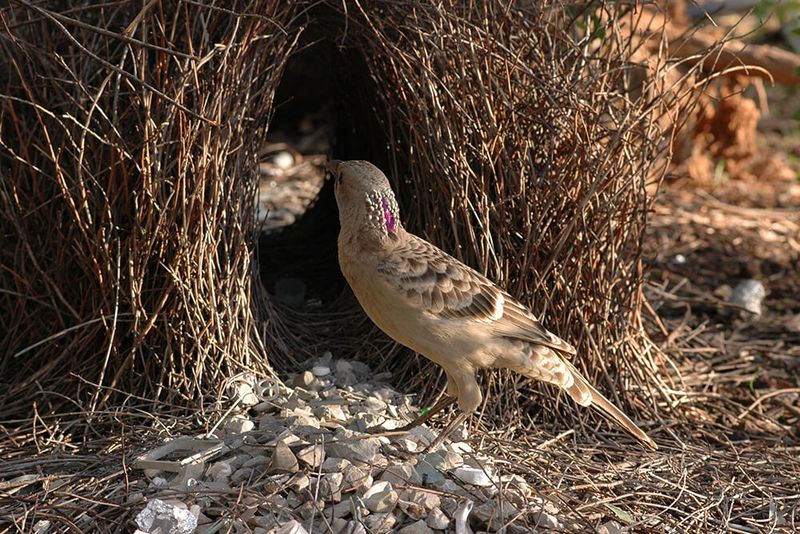
Move over, museum curators! Male Vogelkop bowerbirds create spectacular cone-shaped huts surrounded by meticulously arranged treasures. These New Guinea artists collect colorful fruits, flowers, beetle shells, and even human-made objects to create stunning displays.
Each item is carefully positioned and regularly refreshed when colors fade. The birds even create optical illusions by placing larger items farther away from the bower entrance. Females inspect multiple galleries before choosing the most impressive artist as their mate!

